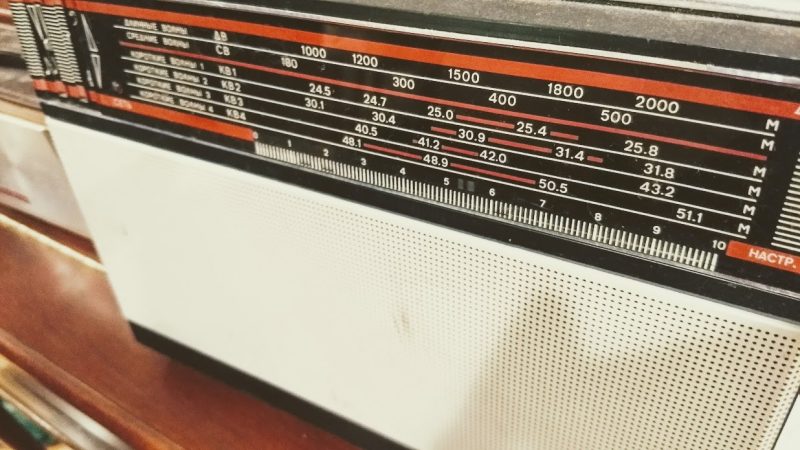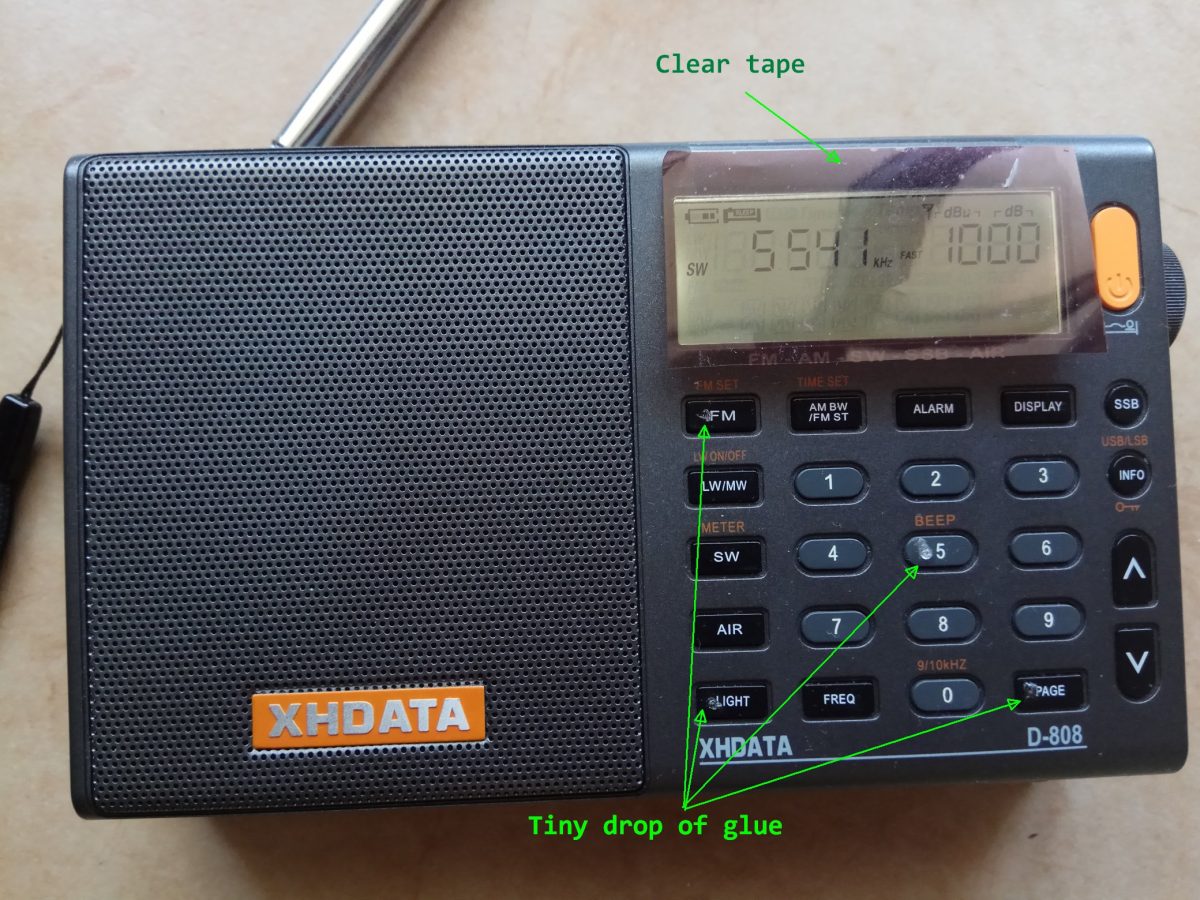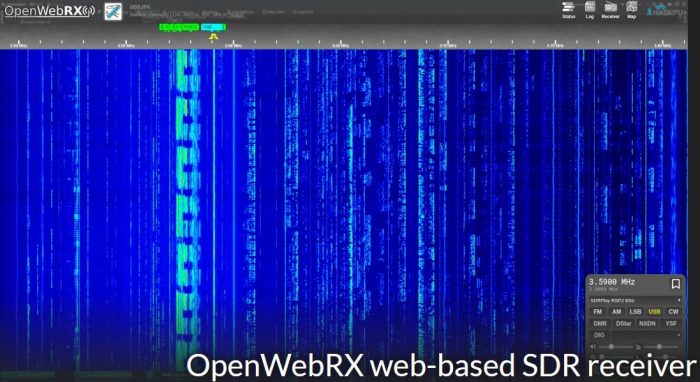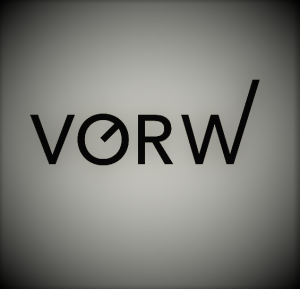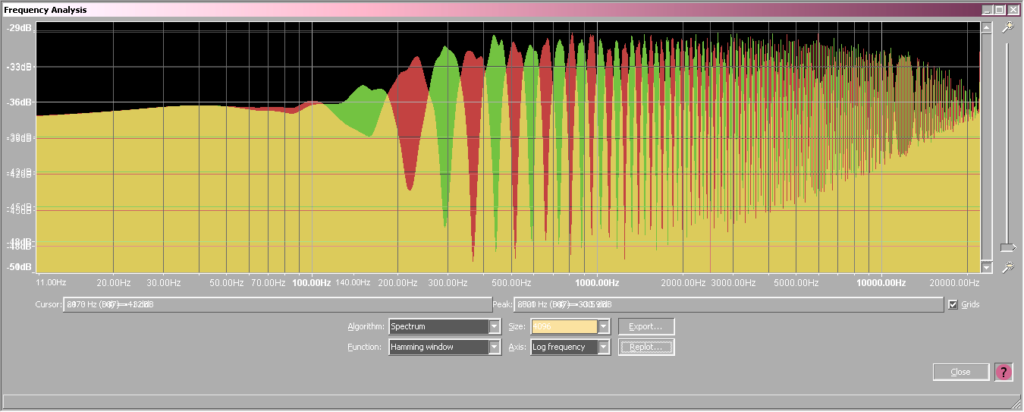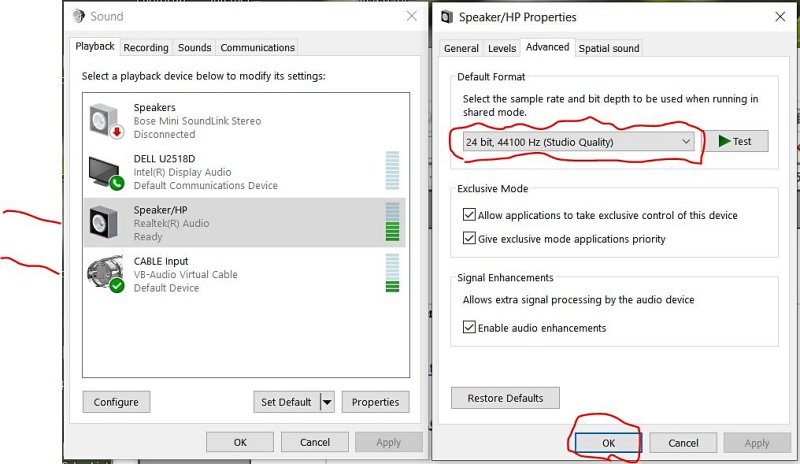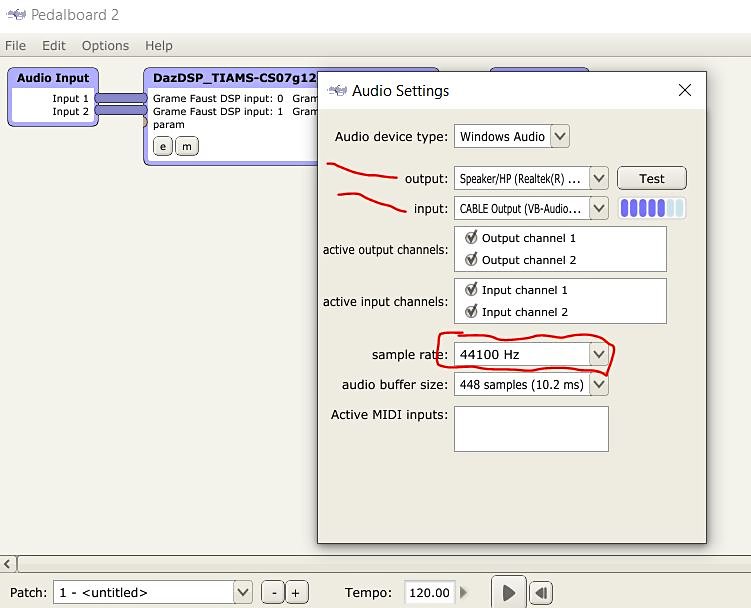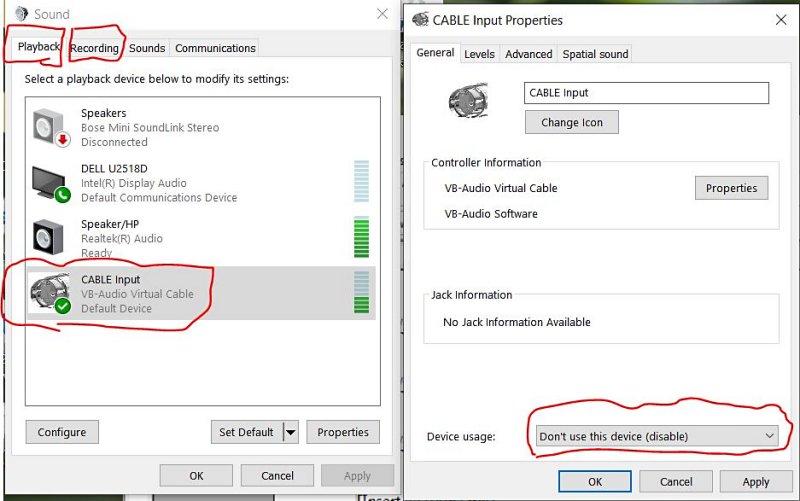Radio Waves: Stories Making Waves in the World of Radio
Because I keep my ear to the waves, as well as receive many tips from others who do the same, I find myself privy to radio-related stories that might interest SWLing Post readers. To that end: Welcome to the SWLing Post’s Radio Waves, a collection of links to interesting stories making waves in the world of radio. Enjoy!
Many thanks to SWLing Post contributors Dennis Dura and Dan Robinson for the following tips:
The Russian Woodpecker: Official Bird Of The Cold War Nests In Giant Antenna (Hackaday)
On July 4th, 1976, as Americans celebrated the country’s bicentennial with beer and bottle rockets, a strong signal began disrupting shortwave, maritime, aeronautical, and telecommunications signals all over the world. The signal was a rapid 10 Hz tapping that sounded like a woodpecker or a helicopter thup-thupping on the roof. It had a wide bandwidth of 40 kHz and sometimes exceeded 10 MW.
This was during the Cold War, and plenty of people rushed to the conclusion that it was some sort of Soviet mind control scheme or weather control experiment. But amateur radio operators traced the mysterious signal to an over-the-horizon radar antenna near Chernobyl, Ukraine (then part of the USSR) and they named it the Russian Woodpecker. Here’s a clip of the sound.
The frequency-hopping Woodpecker signal was so strong that it made communication impossible on certain channels and could even be heard across telephone lines when conditions were right. Several countries filed official complaints with the USSR through the UN, but there was no stopping the Russian Woodpecker. Russia wouldn’t even own up to the signal’s existence, which has since been traced to an immense antenna structure that is nearly half a mile long and at 490 feet, stands slightly taller than the Great Pyramid at Giza.[…]
Gutter Antenna, Ultimate Stealth Antenna? (Broken Signal)
Air Travel With Amateur Ham Radio Q&A (Ham Radio Crash Course)
A Spy in Every Embassy (Southgate ARC)
‘The intelligence coup of the century’. The extraordinary story of the longest running and most successful secret intelligence operation of the 20th Century.
For more than half a century, governments all over the world trusted a single company, Swiss-based Crypto AG, to keep the communications of their spies, soldiers and diplomats secret. But what none of its customers ever knew was that Crypto AG was owned for over 20 Cold War years by the CIA in partnership with the BND, the German Intelligence Service. The machines that many customers bought had deliberately weakened security – a window through which the CIA and BND could read the diplomatic traffic between their embassies, their trade negotiators and their own spies.
The BND sold out its share in 1993 for a tidy profit while the CIA continued until the company was broken up in 2018.
Crypto AG’s own secret was only cracked last year in a combined investigation by German ZDF television, Swiss SRF and the Washington Post following the discovery of a secret history, Operation Rubicon, that had been assembled by some of the operatives who had been involved in the deception.
A Spy in Every Embassy is the story of the story, presented by German intelligence journalist Peter F Muller, who produced last year’s television programme for ZDF, and British journalist David Ridd.
It gives the chronology of the manoeuvrings, arguments, successes and deceptions of the partnership that remained secret for a quarter of a century. Its revelations offer a new perspective on some of the landmark events of those decades – the Falklands War, the US bombing of Libya from British airfields, the negotiations that lead to the Camp David Accords and the Iranian Hostage crisis, as well as the daily churn of intelligence information from around the world about both friends and opponents.
The programme considers the collateral damage of deception on a grand scale. Most employees of Crypto AG knew nothing of the built-in weaknesses of the machinery they were building or trying to sell to governments in some very dangerous parts of the world.
Produced by John Forsyth
Assistant Producer: Alexandra Quinn
A Loftus Media production for BBC Radio 4
https://www.bbc.co.uk/programmes/m000w499
Extracts read by Lanna Joffrey, Annette Kossow, Blanca Belenguer, Mike Christofferson and Thilo Buergel.
Archive by kind permission of ZDF Television, Crypto Museum, Harry S Truman Library, National Security Agency Archive and Bletchley Park podcast.
https://www.bbc.co.uk/programmes/m000w499
Do you enjoy the SWLing Post?
Please consider supporting us via Patreon or our Coffee Fund!
Your support makes articles like this one possible. Thank you!

